What happens when you mix caffeine and alcohol? In the case of the energy beer Four Loko, things are getting loco.
Twenty students were hospitalized in New Jersey. Nine freshmen girls in central Washington got sent to the ER. Attackers in a brutal anti-gay gang crime in the Bronx reportedly forced a victim to down four cans of the stuff. Police found a crushed can behind the seat of a man who crashed into car, killing a family of three. And a naked intruder who passed out on a woman’s couch in Florida said the last thing he remembered was drinking one.
There’s no doubt that the energy beer Four Loko packs a punch—it contains 12 percent alcohol and as much caffeine as a weak cup of coffee in every tallboy. While its makers, Phusion Projects LLC, say that’s no different than “having coffee after a meal with a couple of glasses of wine” and should not be inherently linked to risky behavior, the flurry of recent news involving the drink has resurrected the ongoing debate over what the beverage industry calls caffeinated alcoholic beverages, or CABs, and what the rest of us calls alco-speed, alco-crack, or simply “blackout in a can.”
Last November, after receiving complaints from state attorneys general, the Food and Drug Administration told beverage makers that they would have 30 days to prove that combining alcohol and caffeine was not dangerous or the agency would “take appropriate action to ensure that the products are removed from the marketplace.” It’s been nearly a year since the threat—and beverage makers and drinkers alike don’t seem to be slowing down.
While Miller killed their CAB Sparks and Anheuser-Busch agreed to discontinue Tilt and Bud Extra in 2009, shelves has been flooded with similar drinks from small manufacturers. The products have names like Liquid Charge, Joose, Torque, Hard Wired, 24/7, Catalyst, Moonshot, Evil Eye, Mobius Lager, Smirnoff Raw Tea Malt Beverage, Wide Eye, Lotus Vodka, 3AM Vodka, Vicious Vodka with Caffeine, Slingshot Party Gel, and Ithaca Eleven Malt Beverage with Coffee.
Since the 1980s, sweet, fruity alcoholic beverages have become more prevalent. From wine coolers to “malternatives,” like Zima, in the mid-1990s, they’ve become a full-blown market force (think Mike's Hard Lemonade and Smirnoff Ice.) Because the drinks generally have a lower percentage of alcohol than wine or whiskey, they’re subject to lower taxes and, in some states, can be sold at supermarkets. Beverage Retailer magazine told the San Francisco Chronicle in 2000 that fruity malted brews had surpassed wine coolers and comprised $90 million in sales annually. By the time Sparks launched in 2002, the idea of combining fruity alcohols with energy drinks (Red Bull vodka, anyone?) hardly seemed out of place.
The Center for Disease Control says scientific research indicates that people who consume both caffeine and alcohol simultaneously may increase their risk of alcohol-related injuries, getting into a car with a drunken driver, or being taken advantage of sexually. But that might not be compelling enough evidence for the FDA to warrant a ban. Either way, the agency would still have no jurisdiction over bars serving Red Bull vodkas or Jägerbombs.
Perhaps what’s at stake are the larger cultural issues around drinking. As Frank Bruni wrote in The New York Times, “[Four Loko is] a malt liquor in confectionary drag … serving as the clearest possible reminder that many drinkers aren’t seeking any particular culinary or aesthetic enjoyment. They’re taking a drug. The more festively it’s dressed and the more vacuously it goes down, the better.”
Prohibition came and went for good reason. Still, kids who aren’t exposed to drinking in appropriate and safe settings make mistakes, some of which will make the local police blotter. It’s entirely possible to drink “blackout in a can” in a reasonable and prudent manner, so maybe a ban is not the answer. What is in order? A better conversation about drinking. In an earlier debate over provisional drinking licenses (essentially a learners’ permit for inexperienced drinkers), David J. Hanson offered this bit of advice in The Chronicle of Higher Education: “It's time to open the doors to constructive debate and to teach through trust and potential rather than through blame, accusation, and guilt. It’s time to move beyond the forbidden-fruit syndrome—and its tragic consequences.”





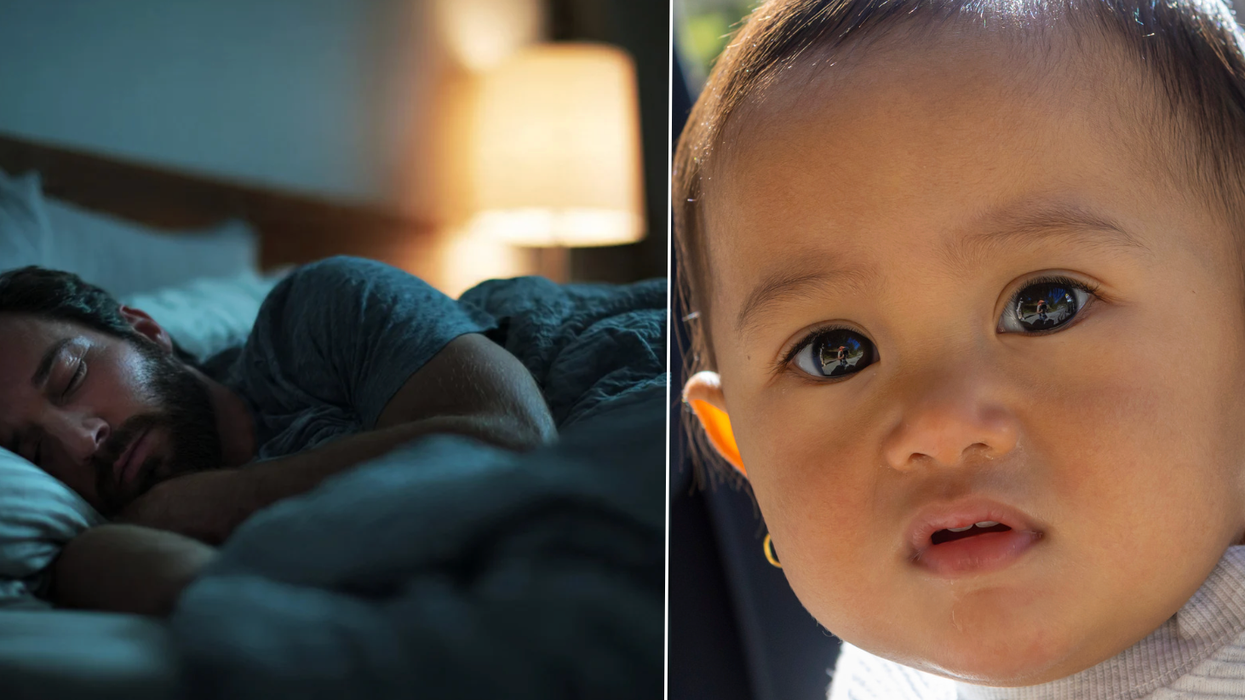
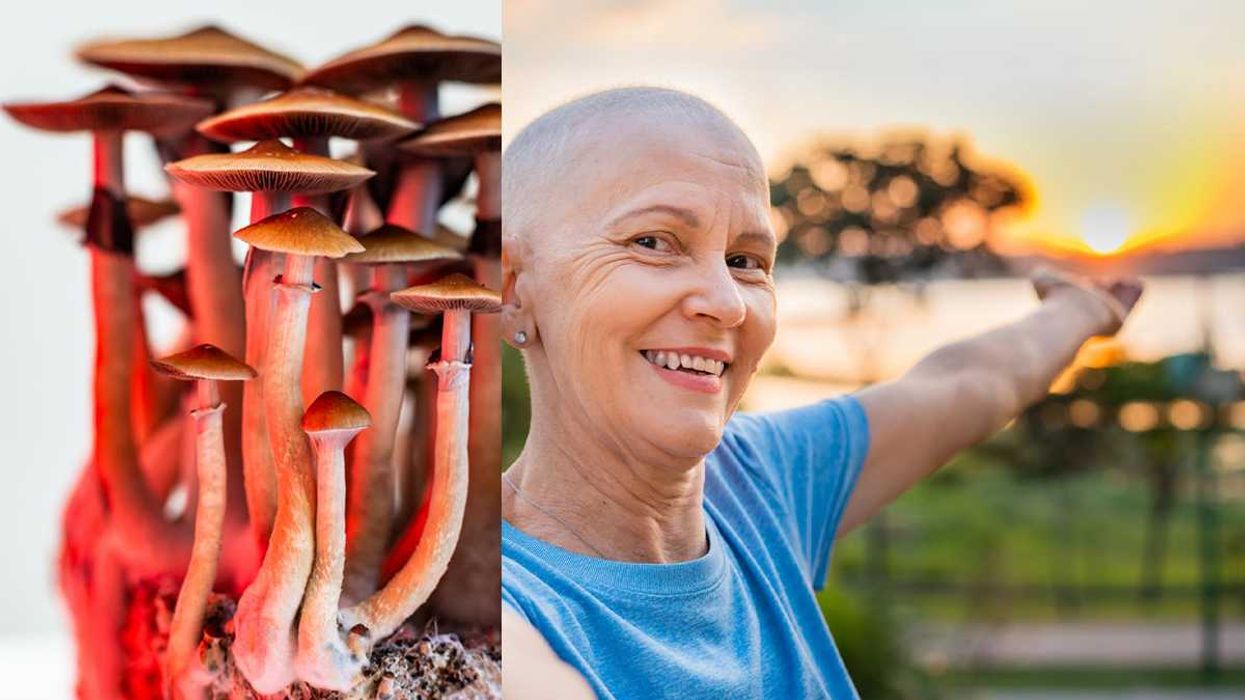
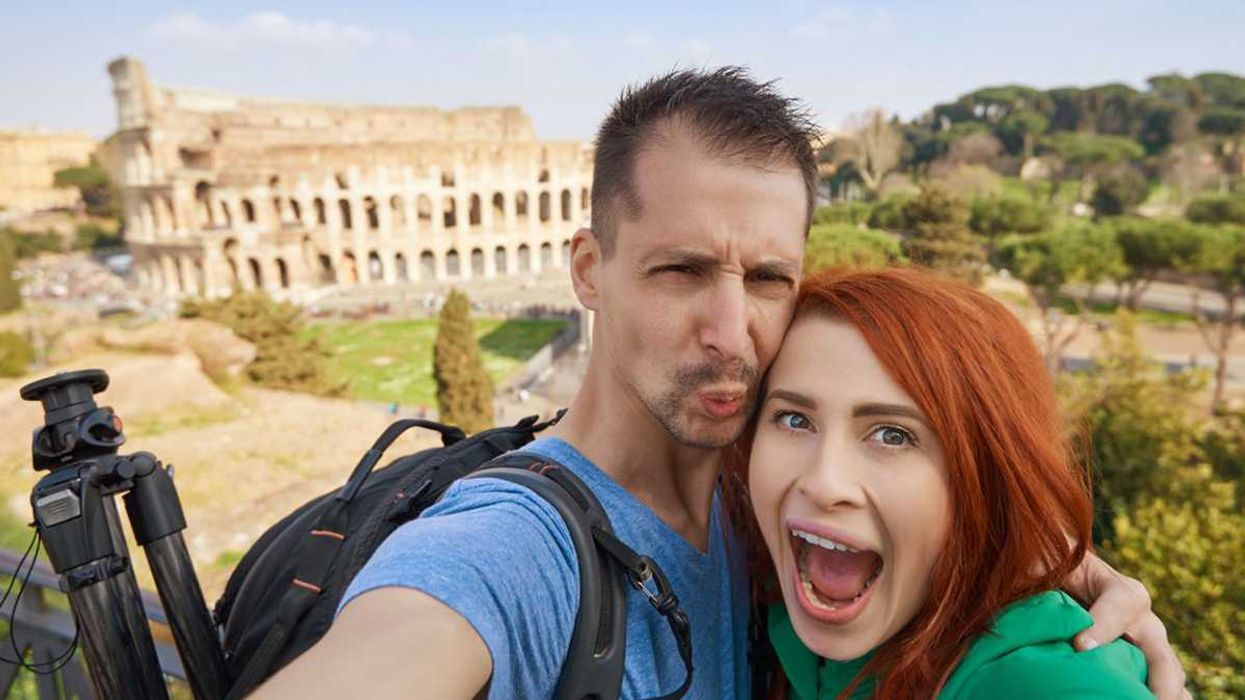
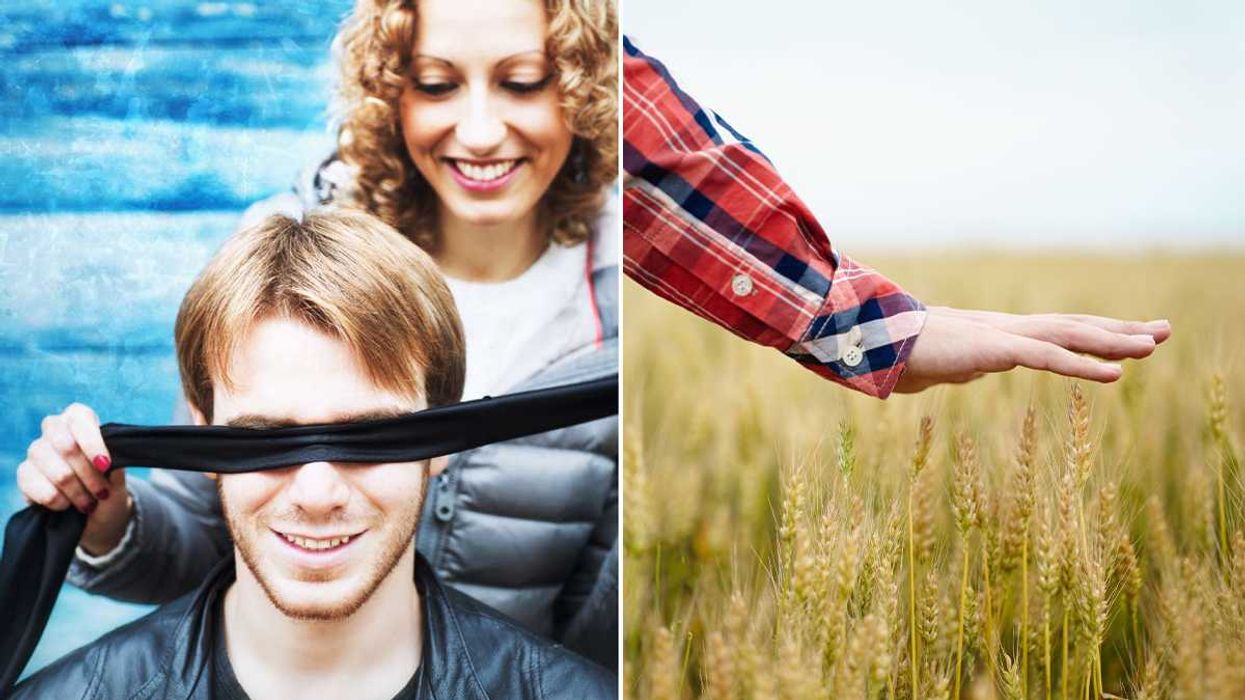
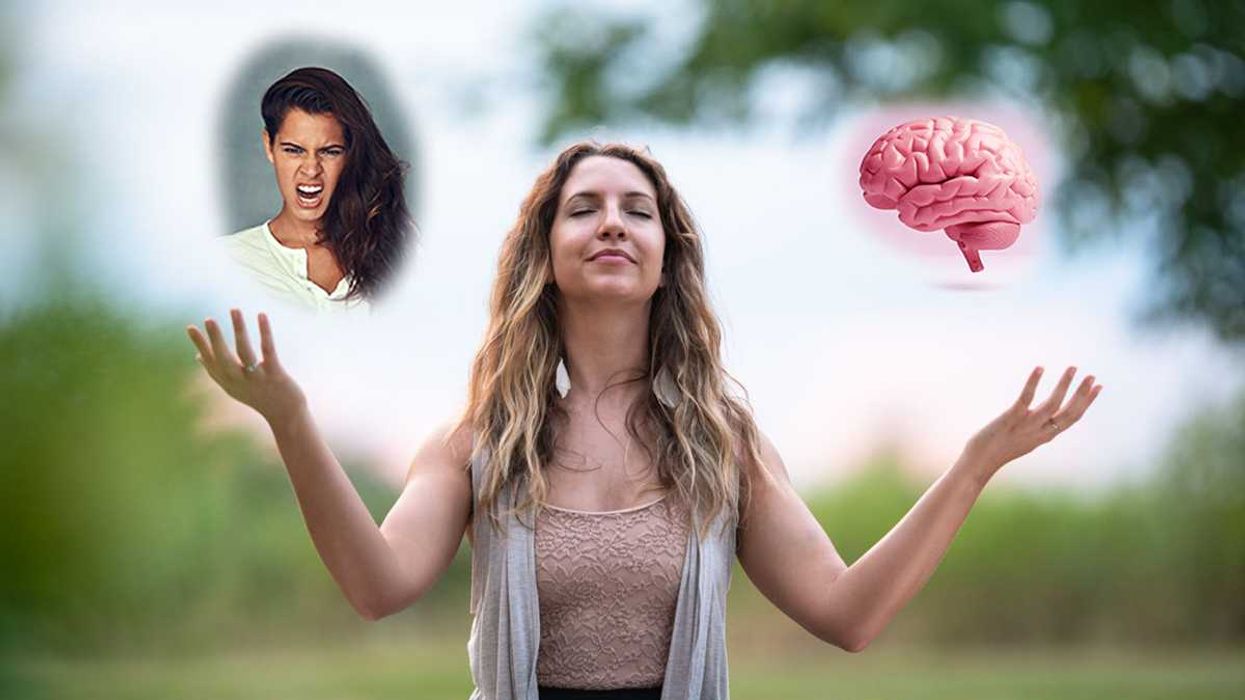
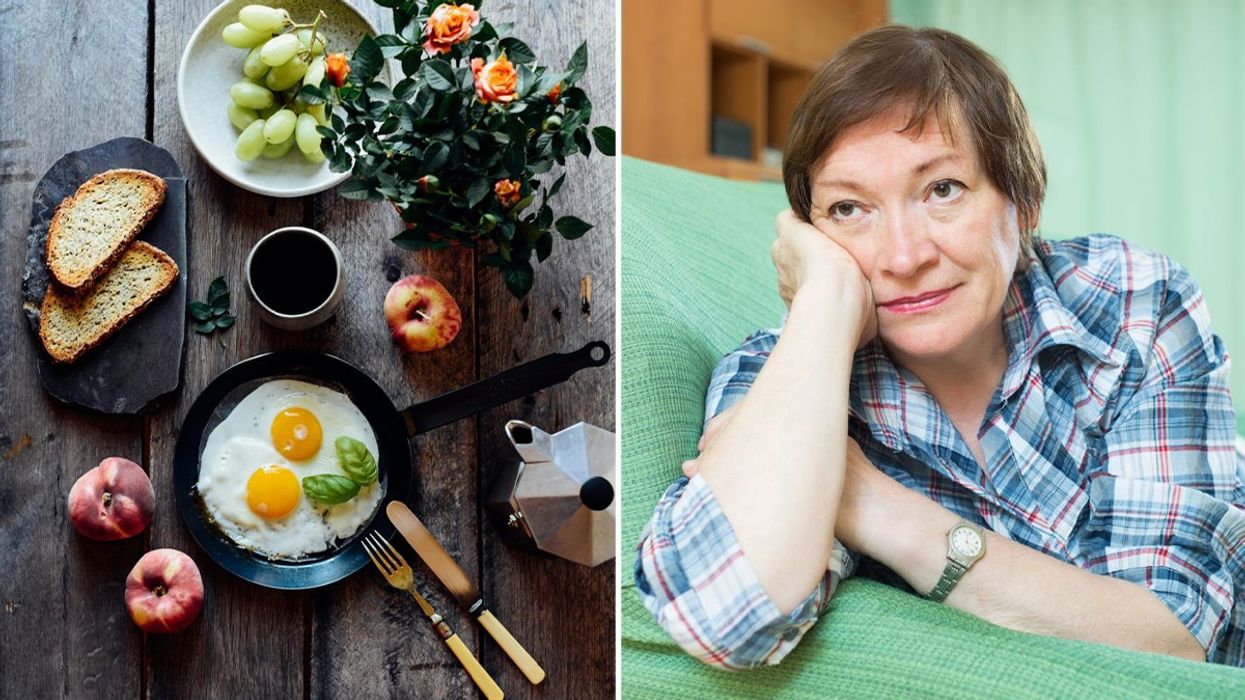
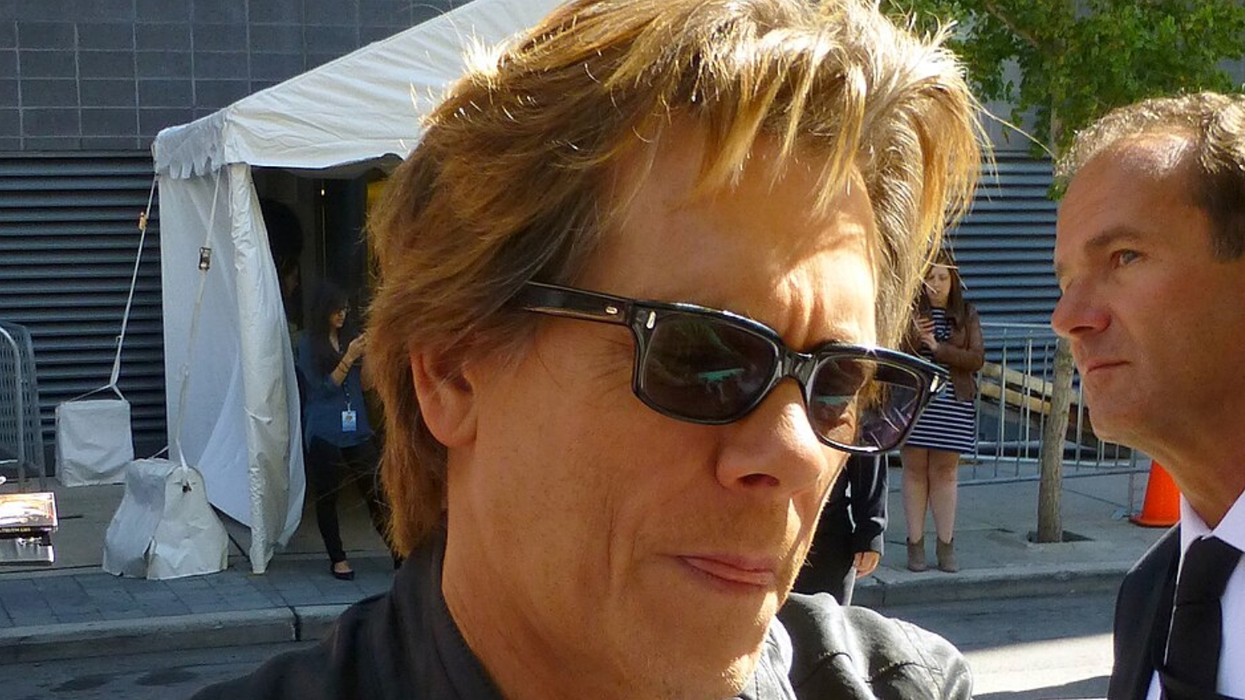
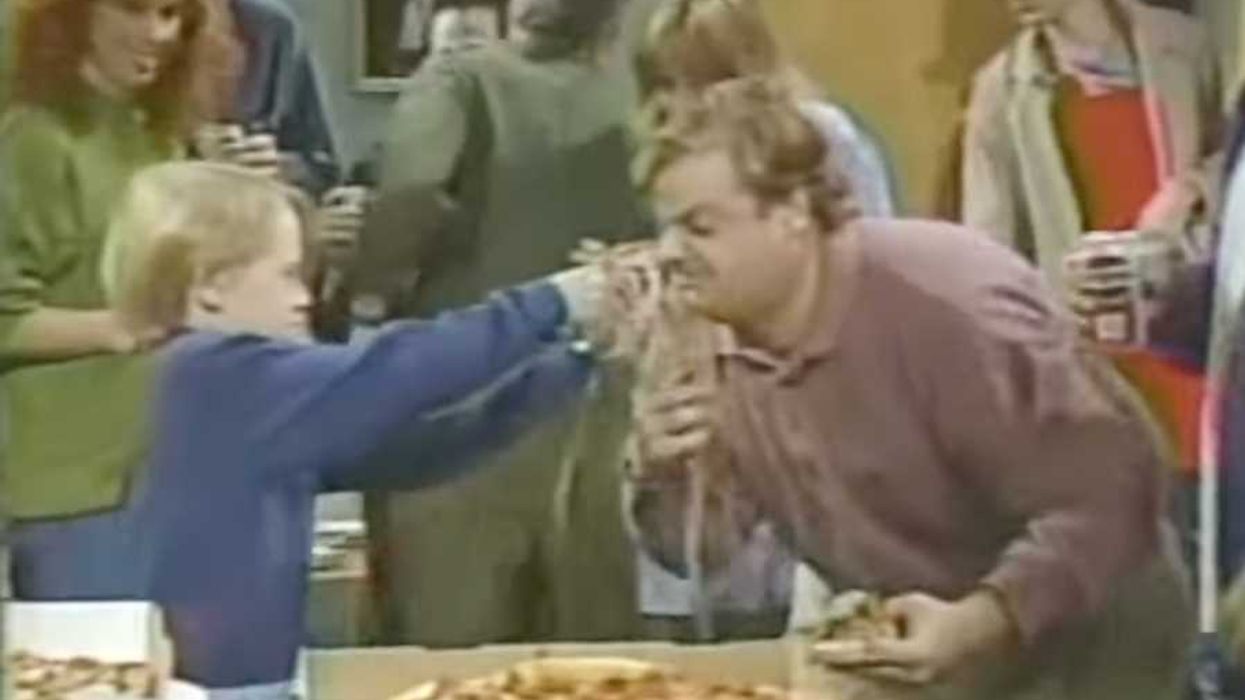
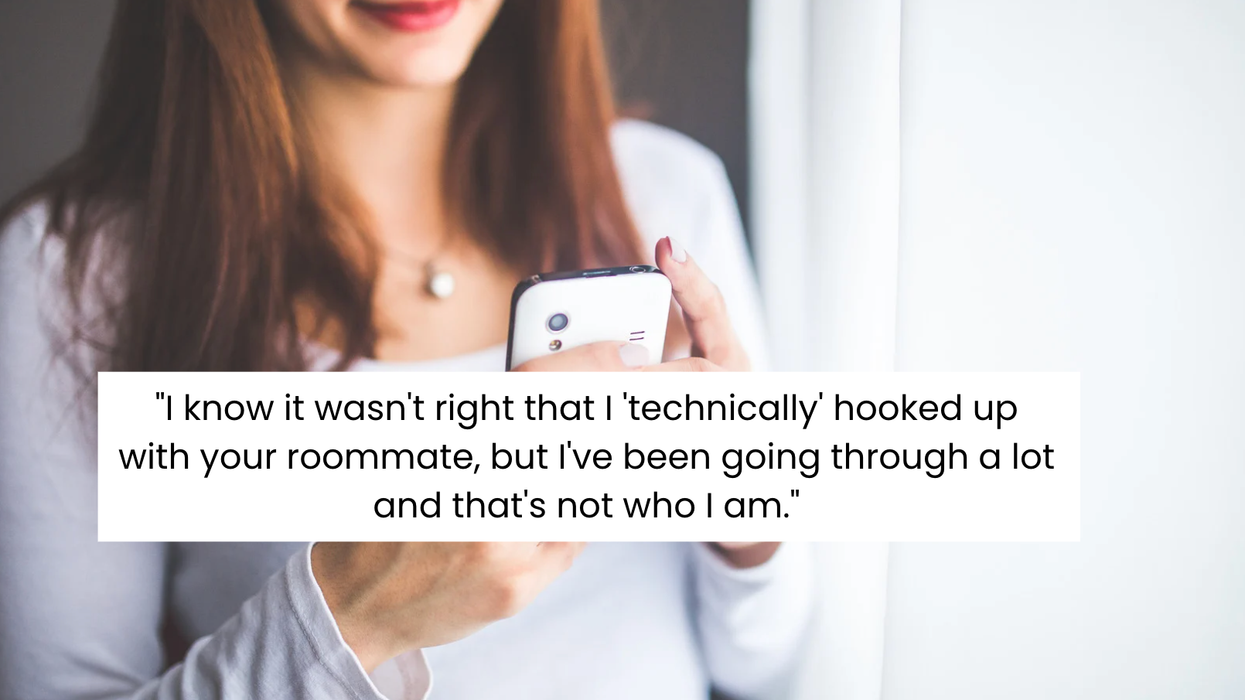

 Otis knew before they did.
Otis knew before they did.